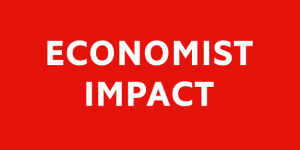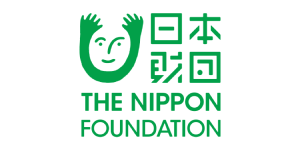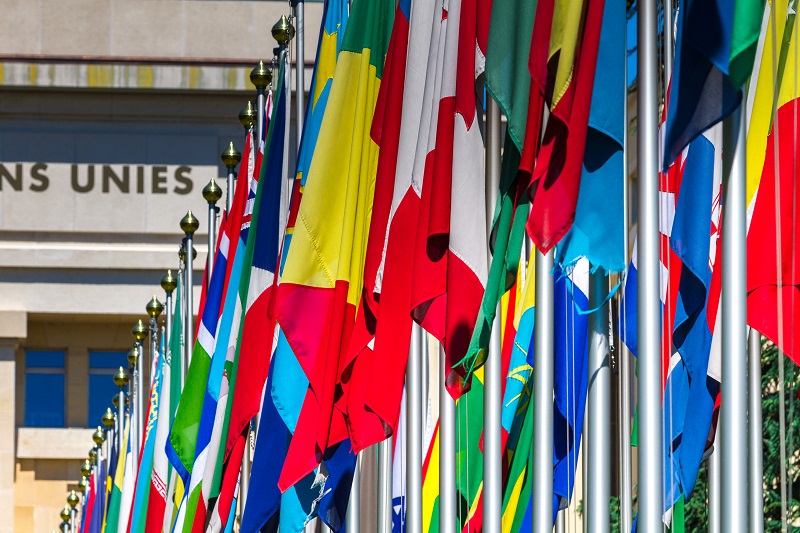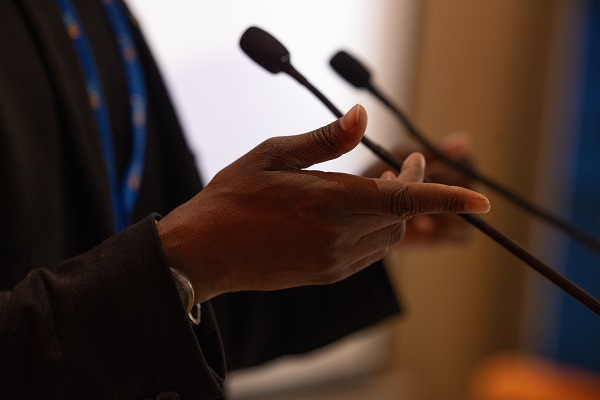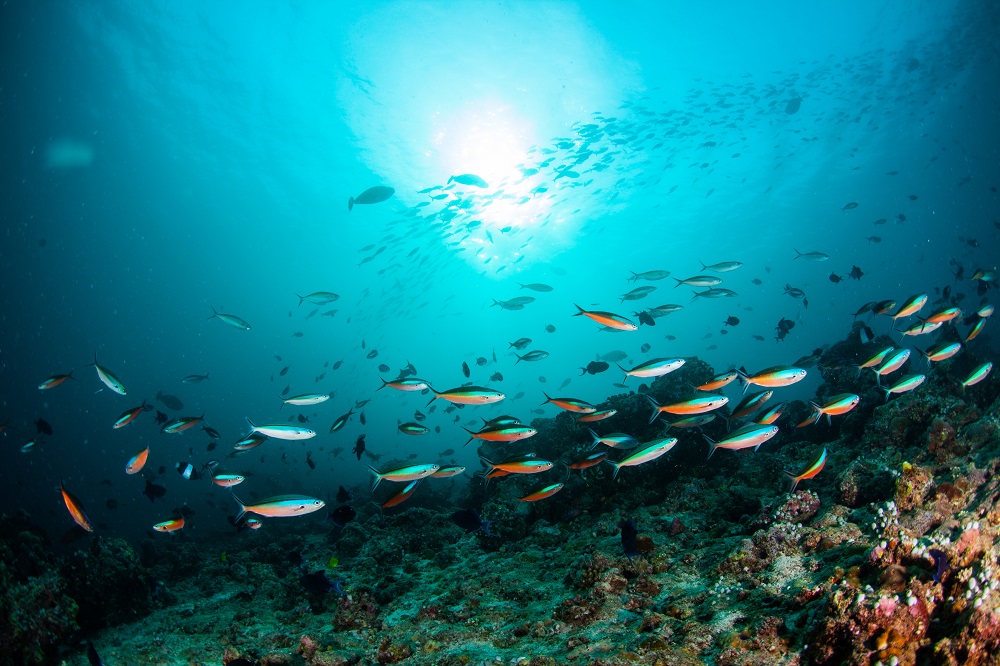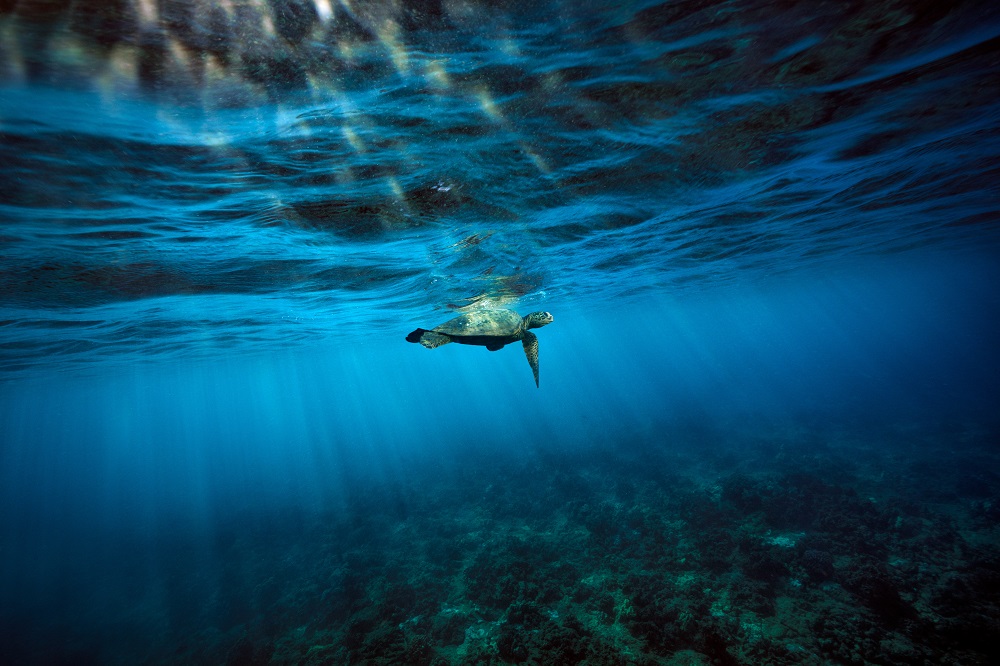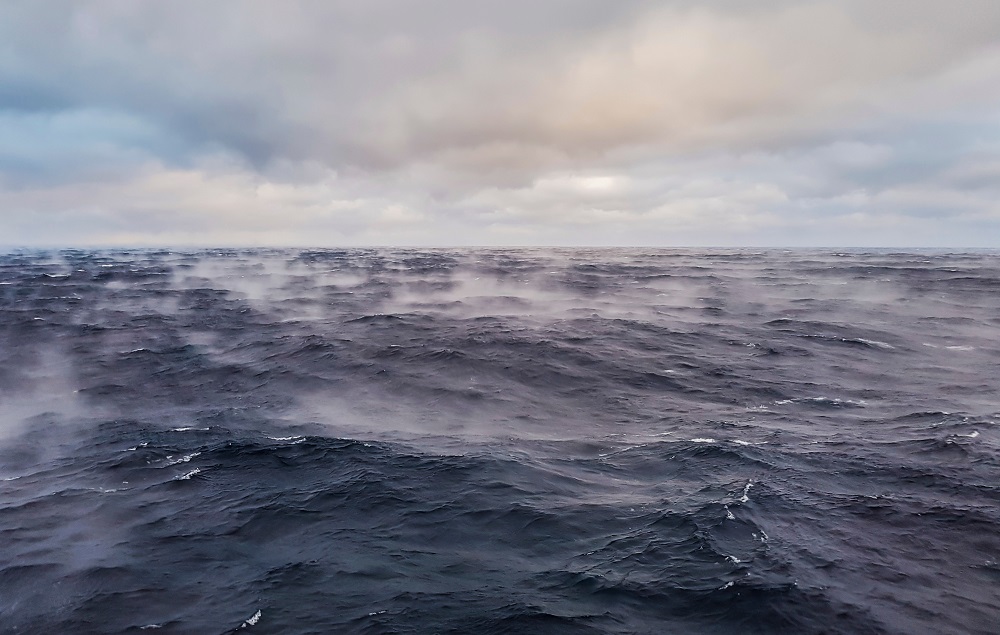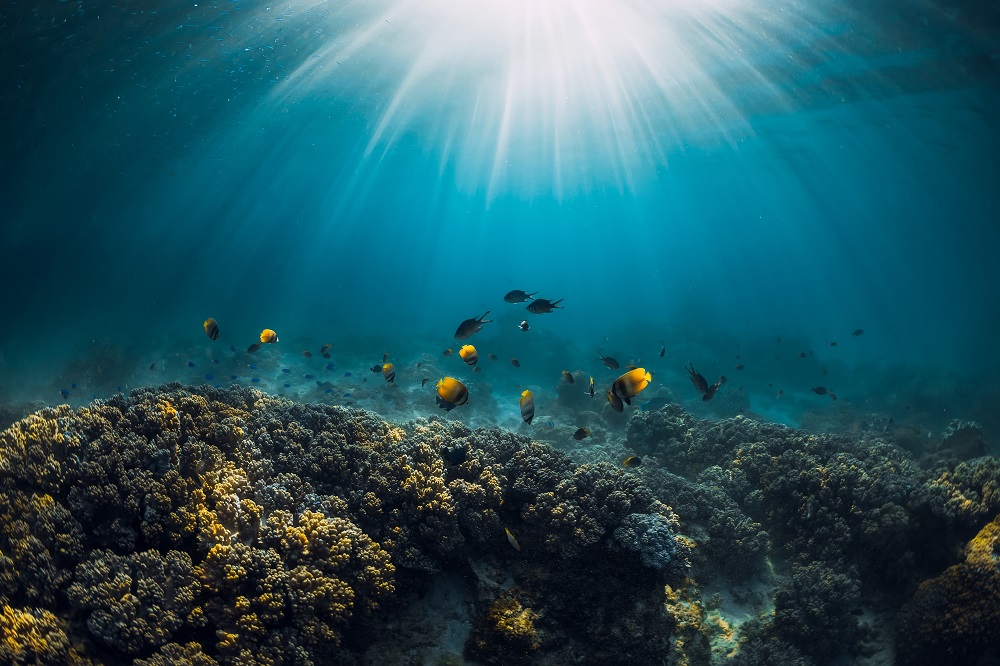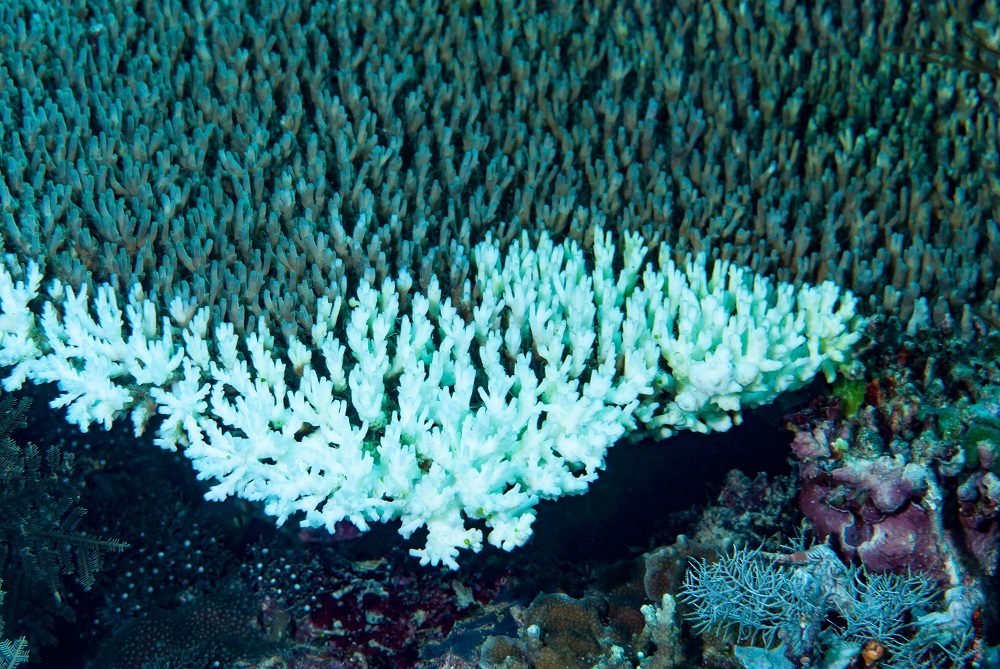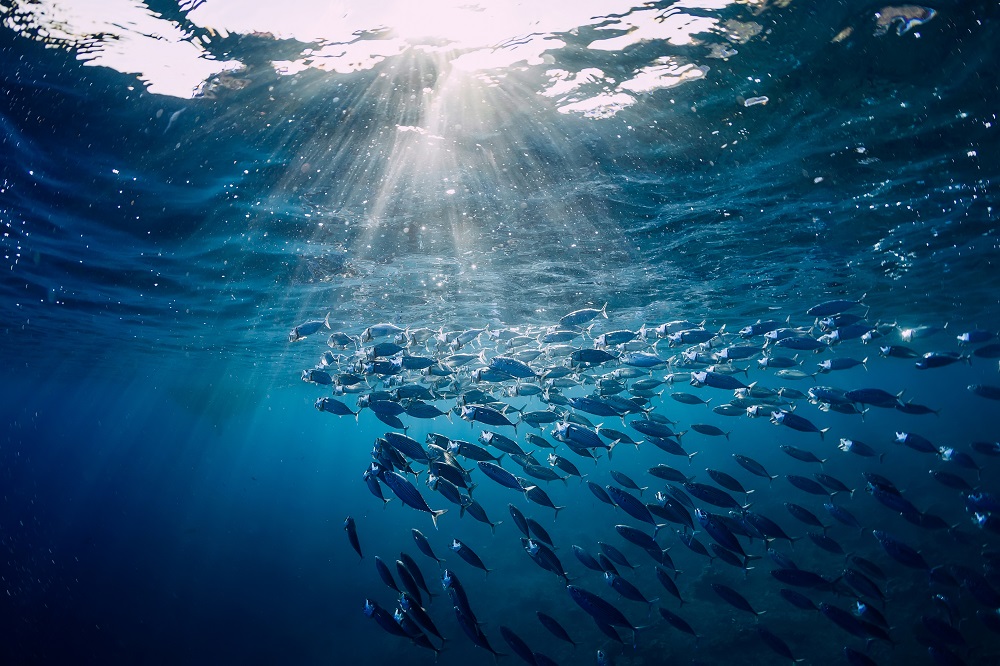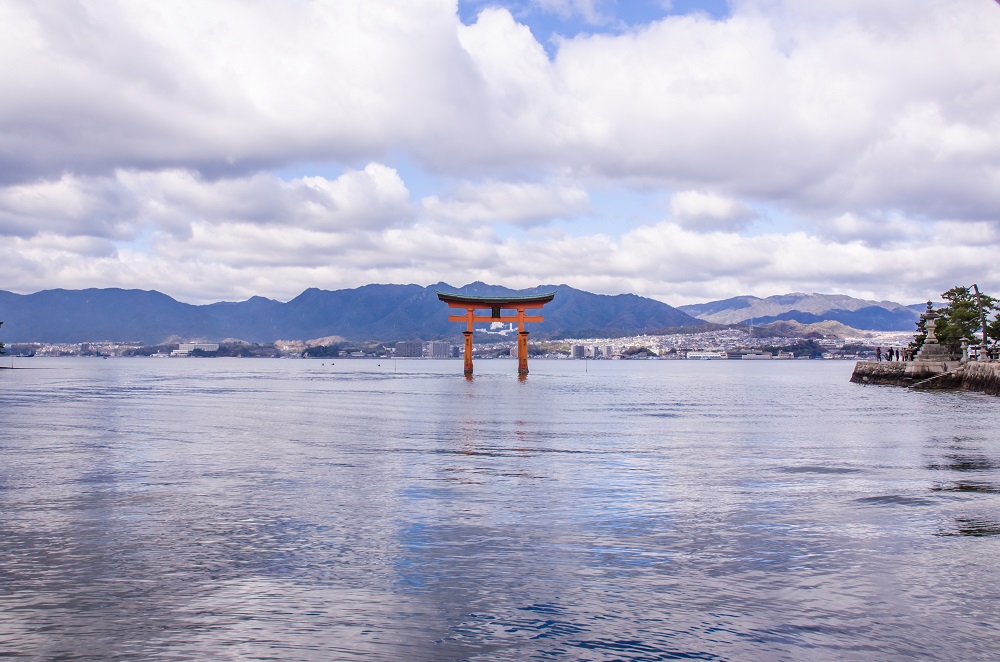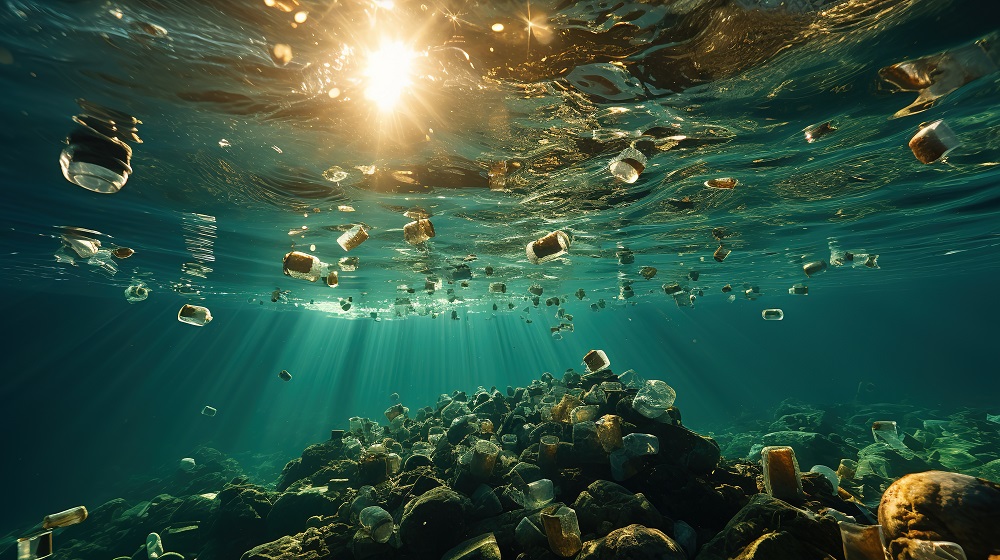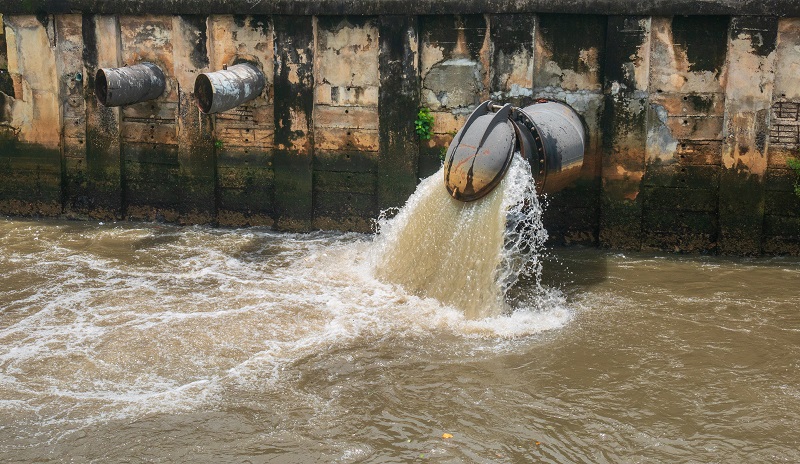In this Q&A, Eirik Lindebjerg explains the implications of the INC extending the treaty
negotiation process, and speculates on the potential approaches countries might take to develop an ambitious treaty. While the initial time frame may have been too ambitious, this extension presents an opportunity to rethink the process.

Eirik Lindebjerg
Global plastics policy manager, The World Wildlife Fund
What were your impressions of INC-5, how it ended and the implications moving forward?
INC-5 resulted in a text that includes many brackets that will be the basis for negotiations going forward. It includes the necessary binding measures across the plastic life cycle: lists of problematic plastic products and chemicals to be phased out, binding product design provisions, and a voluntary target on production and consumption levels. These things are in there, but there’s still no agreement on some of these core issues. The political dynamics of these issues were interesting. This meeting saw the ambitious majority of countries united around clear and strong messaging. A coalition of 95 countries, in a statement led by Mexico and including major economies like Brazil, the Philippines, Nigeria and the EU, said they would not accept a treaty without binding global bans on problematic plastic products. There was another moment when Rwanda invited supporters to stand up and almost the entire room stood up and clapped, and the negotiators were crying. But this majority was held back by a few oil-producing countries with specific industries in plastic, who are not interested in getting anything at all out of this deal. They will never sign an agreement, so they will do everything they can to torpedo it—if any concessions are made, they’ll move the goalposts. So the key question is increasingly about how to handle this situation.
What might be the next step of the negotiation process, in a potential INC 5.2?
The majority of countries are getting more and more serious about creating a treaty among willing participants, which is a common approach in international agreements. This method has been successfully used for treaties banning nuclear weapons, land mines, and cluster munitions. Interested countries come together to agree on terms, while others can choose not to participate. It can happen inside the UN, through voting, or outside the UN through separate agreements set up by the interested states. But there’s a tradition in environmental diplomacy of achieving consensus, which is different from how other forums like the UN General Assembly operate, which is by putting topics to a vote requiring a simple or two-thirds majority. The obstacle to a treaty of the willing is more about these unwritten rules and traditions of consensus rather than any legal barriers. But frustration is building, and there’s more movement towards taking this kind of approach. This meeting was a bit of a wake-up call for the majority to start considering doing things differently. Some countries started to do the legal preparations for calling a vote, because it would require approaching the next meeting in a different way. If the only way forward is consensus, you’re forced to only negotiate with the countries who want the least, and those countries become the most powerful. But if you approach it with the idea of winning a vote, you start mobilising all the countries that you want to have on board to make sure you can unite around the text. From civil society especially, there’s been a strong push for holding a vote or doing a treaty of the willing.

How would this process work within the UN system; what is the difference between voting and consensus?
It’s possible to keep this within the UN if you do it through the voting procedures of the UN, although there’s a reluctance to use those procedures because of the tradition of consensus, and that is what is holding it back. Here’s how the vote might work: if there’s an obvious majority of countries in the room, a group of countries or the chair would draft a clean text aligned with the general majority view. They would present it to the conference, saying, ‘this represents most countries’ perspectives. Can we adopt this?’ Some countries might protest, breaking consensus. Another country could then propose taking the decision to a vote.
Once any country calls for a vote, the conference chairman is legally obligated to conduct it. The vote itself doesn’t automatically bind countries to the treaty. Countries voting against still retain the option to participate later. After the vote, the text would be sent to a diplomatic conference where ministers from all countries—including those who voted against it—would be invited to sign it. Countries would then take the treaty home to ratify in their parliaments. Ratification is what makes the treaty legally binding. It’s common for not all countries to immediately ratify a treaty. For example, the US is not part of the Convention on Biological Diversity or the Convention on the Law of the Seas. Countries that initially vote against or abstain can later decide to join. China is one example: they abstained from the Arms Trade Treaty vote but ratified it seven years later.
Negotiations finishing without a treaty is a disappointing outcome, although many had anticipated that the timeframe would be too ambitious. What are your thoughts?
It became increasingly clear throughout the week that the process would have to be extended, but nature and human health can’t afford to wait. This is a rapidly growing crisis, so it’s concerning that it’s being kicked further down the road. Negotiators can sometimes feel like they’re in a bit of a bubble inside a conference room, start following the process’ internal logic and forget about the outside world. The failure to adopt a treaty in Busan was hopefully a wake-up call for them. They need to be constantly reminded of the pressure to tackle plastic pollution. It gives us hope to see that the majority recognise this and are ready to do something. They now have to deliver a treaty, whether that is through consensus or voting or a treaty among the willing, they have to find out how to deliver results and do it because we can’t continue like this forever.
Back to Blue is an initiative of Economist Impact and The Nippon Foundation
Back to Blue explores evidence-based approaches and solutions to the pressing issues faced by the ocean, to restoring ocean health and promoting sustainability. Sign up to our monthly Back to Blue newsletter to keep updated with the latest news, research and events from Back to Blue and Economist Impact.
The Economist Group is a global organisation and operates a strict privacy policy around the world.
Please see our privacy policy here.
THANK YOU
Thank you for your interest in Back to Blue, please feel free to explore our content.
CONTACT THE BACK TO BLUE TEAM
If you would like to co-design the Back to Blue roadmap or have feedback on content, events, editorial or media-related feedback, please fill out the form below. Thank you.
The Economist Group is a global organisation and operates a strict privacy policy around the world.
Please see our privacy policy here.




 World Ocean Summit & Expo
2025
World Ocean Summit & Expo
2025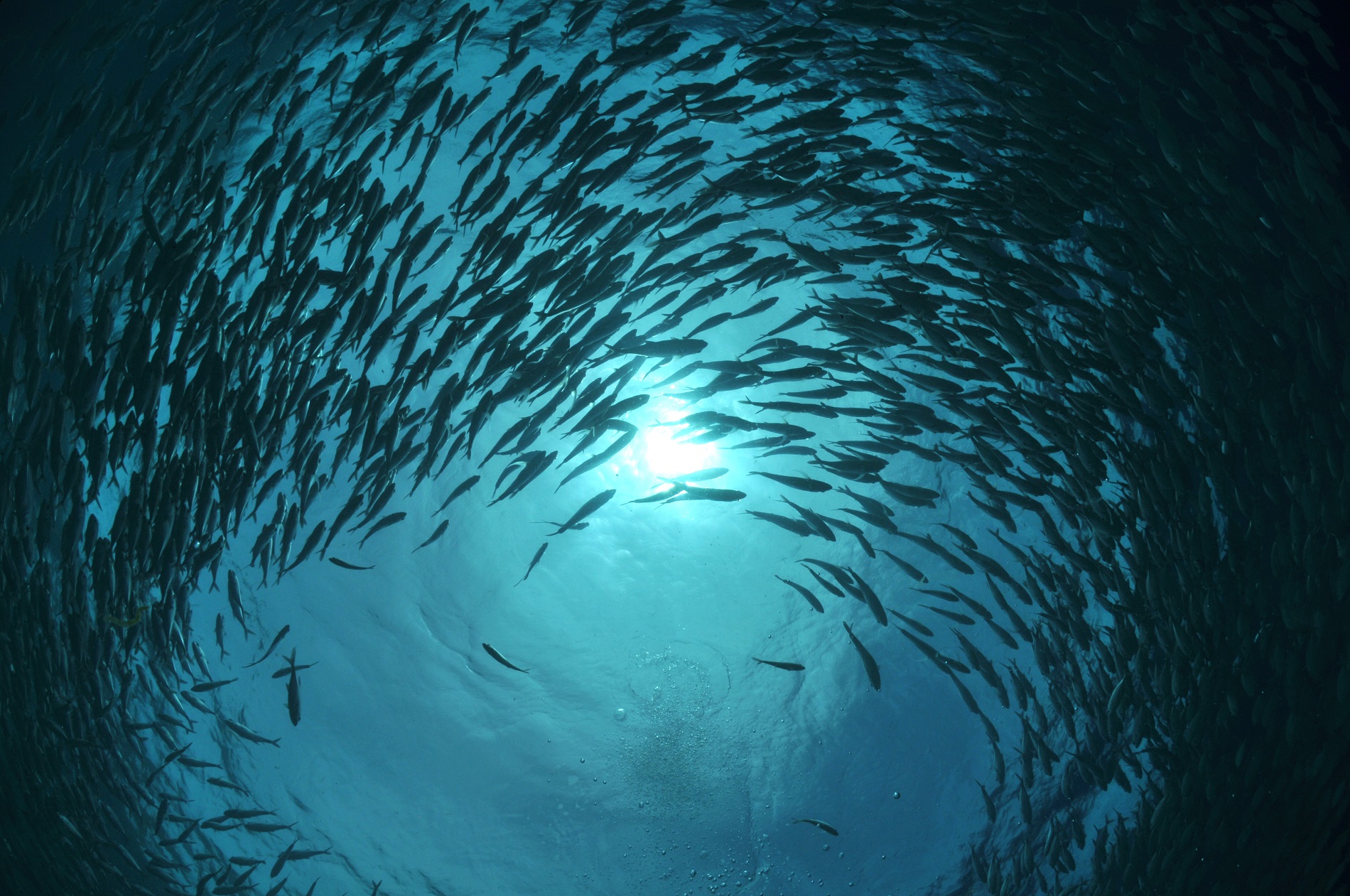 UNOC
UNOC Sewage and wastewater pollution 101
Sewage and wastewater pollution 101 Slowing
the chemical tide: safeguarding human and ocean health amid
chemical pollution
Slowing
the chemical tide: safeguarding human and ocean health amid
chemical pollution Hazardous chemicals in plastics - the discussions at INC
Hazardous chemicals in plastics - the discussions at INC
